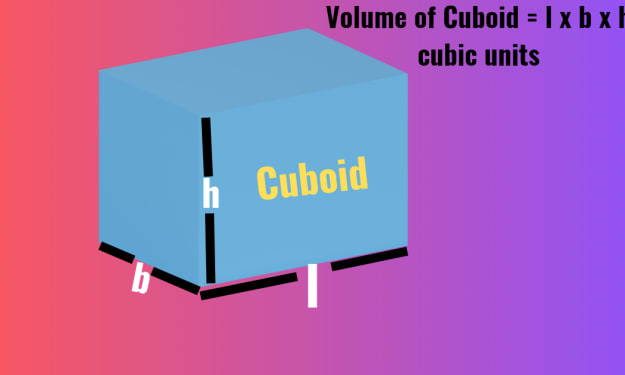Top Implements for Crop Residue Management in India
Top Implements for Crop

Stubble burning is a big environmental and agricultural problem in India. One of the ways to tackle it is through promoting crop residue management. In addition to this initiative, it has been pr—oviding farmers with subsidies for implements like mulchers, straw reapers, and happy seeders under the Sub Mission on Agriculture Mechanisation (SMAM).
These implements have been found to be perfect in managing the crop residues remaining following the harvest of paddy and wheat. In this blog, we will look at efficient measures for crop residue management in India.
This section will cover the important implements for crop residue management in India. These tractor implements are mainly effective in-situ crop residue management (by helping eliminate the same crop residues from the farms).
Straw Reaper -

Straw Reapers are machines that do two jobs at once: picking crops and gently reducing straw. With them scooping the crops, these machines are able to cut and spread the straw in levels as well. This dual role saves time and work and ensures that the left straw is well mixed in the soil, thus improving soil fertility.
This equipment is applicable in areas where people usually burn the straw or leave it on the fields. The practice of straw distribution, which enhances the soil's capability to retain water and support plant growth without harming the environment, is known as straw reaping.
Mulcher -

Mulching, a conservation technique, involves covering soil with organic or inorganic material to retain moisture and control weeds. Mulcher Implements, like the ones found in the Swaraj 744 tractor, grind and incorporate crop residues into the soil, promoting nutrient recycling and reducing environmental pollutants like stubble burning.
Available in various sizes, mulchers efficiently break down crop remnants, enhancing soil fertility and reducing the need for fertilizers, thus promoting eco-friendly farming practices.
Shredder -

The Shredder Implement, which is called a residue shredder or crop shredder, is designed to cut crop residues into smaller sizes. Application of this procedure induces faster decomposition of residues in the soil environment. The thing that makes shredders a top choice when handling tough and bulky residues, such as those from maize and sugarcane, is the fact that they are good at the job.
The fragments of coarse residues decompose faster as the surface area is increased, which results in the enrichment of soil with organic matter and nutrients. Also, by-product shredders, to a large extent, reduce the number of workers needed in residue handling, thus reducing costs for the farmers and making the process more efficient.
Rotary Slasher -

Rotary slashers are multi-purpose machines that are used for cutting and clearing up farms at the same time. They are also employed widely in agriculture to mow and chop the stems, especially after harvesting the crops. These machines have spinning circular blades that are useful in breaking down the leftover crop material. Hence, the field becomes suitable for the ensuing planting.
Their role is wider than cleaning up. This is done by using the leftover parts of the crops to handle the weeds, solve soil erosion, and keep the crop cycle intact. In addition to that, they match different kinds of crops; thus, they are perfect for farmers who want a hassle-free way of managing leftover crop waste.
Hay Rake -

Hay Rakes are indispensable tools for efficiently collecting hay residues. Residues are brought into orderly rows using hay rakes to make the following processes, like baling or mulching, simpler. This not only saves time but also favours a more rigorous and systematic strategy to deal with residues.
Also, hay rakes have weed management as part of their function, where the residues are organised for easy removal. Their design allows for swift adjustment to various conditions found in the field, hence their adaptability to different crops and residue types.
Baler -

Baling is the technique in which crop residues are compressed and bound into manageable units. Baler Implement is a specialized machine that does this work, converting loose straw or hay into compact bales. The bales are very easy to handle, transport and store.
In crop residue management, balers play a crucial role in collecting residues for use as animal bedding or as raw material for bioenergy production. The Swaraj 735 tractor is an example of modern machinery that can efficiently operate baler implements.
The farmers can handle the leftovers from the harvest efficiently by bundling them into bales. This has two benefits: a cleaner field and an extra source of income through the sale of baled residues.
Happy Seeder -

Happy Seeder is an amazing invention for zero-tillage, where the soil isn’t dug before planting the crops. The sowing of seeds is done without disrupting the residues of crop bits remaining on the surface. Thus, it supports no-till farming, which preserves soil moisture, reduces soil erosion, and saves the natural soil structure.
The tilling process saves a lot of fuel and lowers the amount of greenhouse gases usually emitted during the ploughing. This wise management of unused crops in order to make farming progressive is in line with sustainable agriculture. It gives them a good balance between bumper crops and conservation of the environment.
Zero Till -

Zero till is a technology that covers the entire residue utilisation and conservation agriculture process. It is comprised of no-tillage, crop seeding directly into the undisturbed soil, and keeping the corpses of the crops in the field. This is a practice that conserves water, prevents soil erosion and improves the health of the soil.
The introduction of Zero Till is a satellite because farmers decompose crop residues effectively and, at the same time, improve soil health and sustainability. This encompassing system complements the basic tenets of conservation agriculture, which require a simultaneous increase in crop output and enhanced environmental sustainability.
Conclusion -
In the end, managing leftover crops in this way is significant to sustainability, which applies to agriculture making use of high-tech farming tools in India. The role of these machines, such as the mulchers, balers, shredders, rotary slashers, hay rakes, happy seeders, and zero till, is the clearing of leftovers from the crop produce. As agriculture in India becomes mechanised, using machines can then resemble eco- and productivity-wise.
About the Creator
The Sustainable Seedling
The Sustainable Seedling delves into the joyful world of planting, cultivating not just vibrant blossoms and bountiful harvests, but also a respect for our planet. Discover eco-friendly practices, tips for urban green spaces.






Comments (1)
muh m le ly